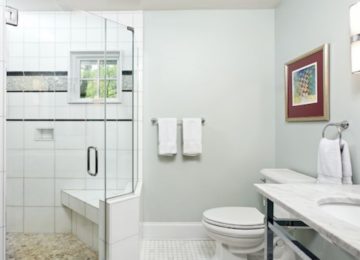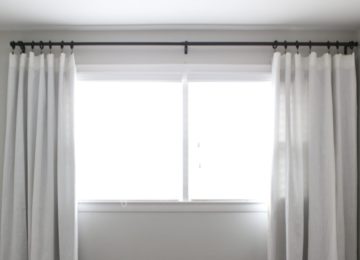Interior design is pivotal to crafting a visually captivating and balanced living environment. The arrangement of furniture, colors, textures, and accessories significantly impacts the overall aesthetic and functionality of the room. To achieve successful interior design, professionals follow certain principles to guide their decision-making process.
- Achieving equilibrium in a room is essential to create harmony and visual stability. There are three ways in which the balance can be achieved: symmetrical, asymmetrical, or radial. In design, harmonious balance involves the arrangement of elements equally and mirrored on either side of a central axis. Asymmetrical balance involves arranging different objects to create visual harmony. Radial harmony is achieved by positioning elements around a single focal point.
- Unity refers to a design’s coherence and consistency. It involves creating a sense of harmony and connection between various elements in a room. The goal is to establish a sense of unity, so we often use a consistent colour palette, similar textures, and repetitive patterns. By incorporating these elements, the overall design feels cohesive and visually pleasing.
- Contrast is created by juxtaposing different elements to create visual interest and depth. It involves combining opposites, such as light and dark colors, smooth and rough textures, or large and small objects. Contrast adds visual excitement to a space and highlights important focal points. It should be used sparingly to avoid overwhelming the design.
- Rhythm in interior design is about creating a sense of movement and flow. It involves the repetition and progression of visual elements throughout a space. This goal will be accomplished by leveraging various patterns, hues, forms, or textures. Rhythm guides the eye and creates continuity and cohesion within the design.
- Scale and proportion refer to the size and relationship between different objects in a room. It is essential to ensure that furniture, artwork, and accessories are appropriately sized for each other and the space occupied. Proper scale and proportion create a balanced and visually pleasing environment.
- The focal point, also known as emphasis, is a fundamental principle of design that directs focus toward a particular region or item within a space. It serves as the centre of visual interest and creates a sense of hierarchy. Emphasis will be achieved through various means, such as using a bold colour, a unique texture, or a distinctive piece of furniture or artwork.
- Harmony is considered to embody a sense of unity, balance, and cohesion within a design. It involves successfully integrating all the other principles to create a visually pleasing and comfortable space. A harmonious environment requires careful consideration of colour schemes, textures, patterns, and the room’s layout in general.
So, these are the 7 principles of interior design understanding and applying these seven principles of interior design greatly enhance the aesthetic appeal and functionality of any living space. Whether you’re planning to transform into a living space or embark on a professional journey in interior design and it is essential to bear in mind these fundamental principles that will assist in crafting visually captivating and harmonious interiors. Keep in mind that interior design goes beyond mere trend-following it revolves around the creation of spaces that embody your style and cater to your unique requirements. So, get inspired, experiment, and have fun transforming your living environment!











